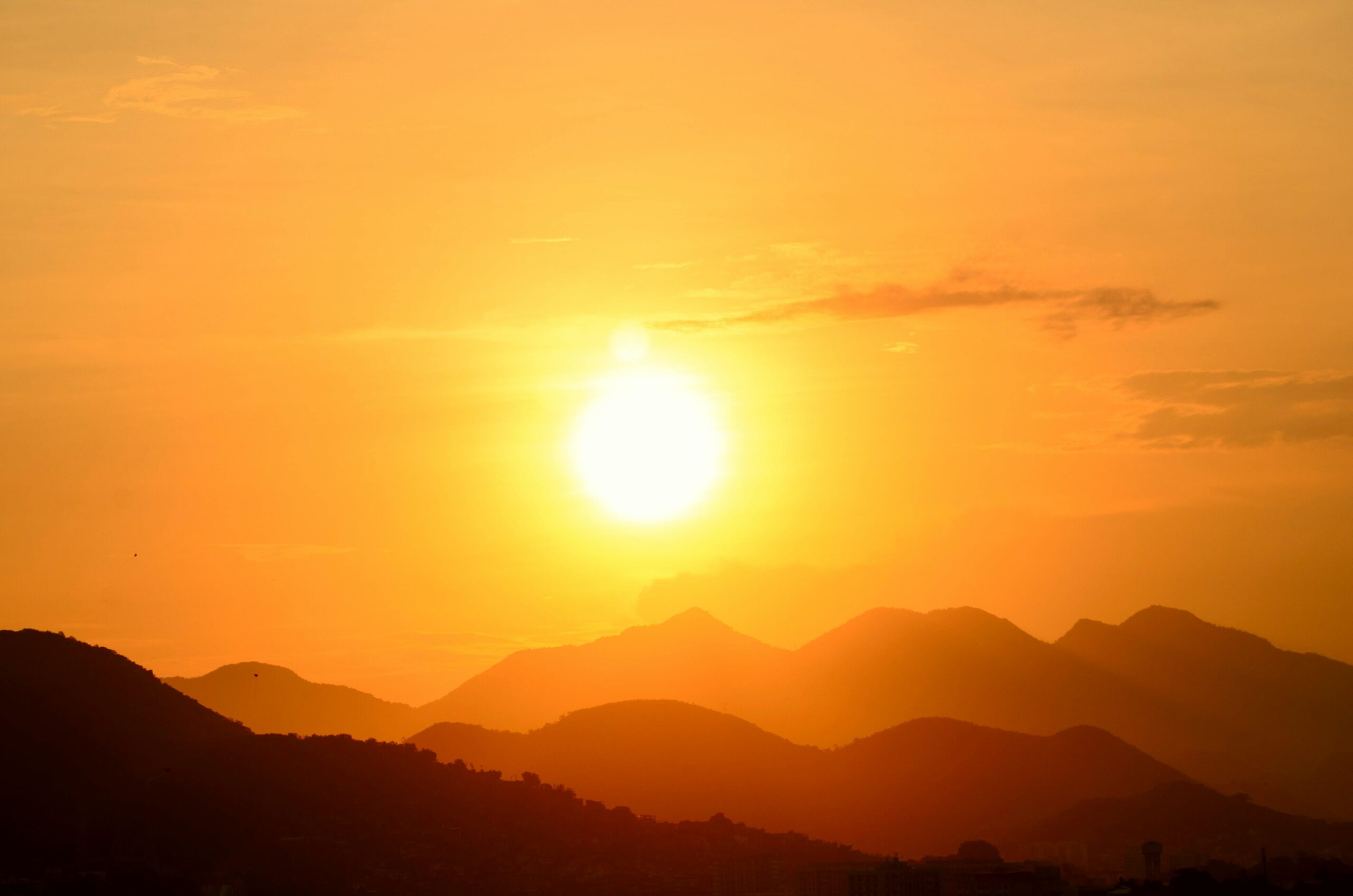
Pryaers offered by devotees at the bank of the yamuna despite the pollution of the river
hashi Shekhar Kashyap
The Yamuna occupied centre stage in the campaigning during the recent Assembly election in Delhi. All the parties called attention to the extreme levels of pollution in the river, lamenting that the city’s lifeline had turned into a dark, toxic stream. They blamed each other for the problem, with each party making familiar promises to clean it.
Historically, the Yamuna was never Delhi’s water line. Ironically, its condition began to worsen after it became the city’s source of drinking water.
Once the lifeline of Delhi, the Yamuna River today is barely recognisable. Once a source of livelihood and freshwater, it has now become a toxic waterway, shifting between a blanket of hazardous white froth and a dumping ground for Delhi’s untreated sewage and industrial waste.
Yamuna is the second largest tributary of River Ganga and the longest tributary of India, it originates from Yamunotri glacier in Uttarakhand and flows across seven states and merges with the river Ganga at Sangam in Prayagraj, Uttar Pradesh.
- Religious Significance: Yamuna is worshipped in Hinduism as the ‘Goddess Yamuna’ and as per Hindu mythology is the daughter of the Sun and sister of the Yama the ‘God of Death’. It is common practice for people to bathe in the sacred waters to rid oneself of sins and the last rites of the dead are also performed at its banks.
- Socioeconomic Significance: It helps create the highly fertile alluvial Yamuna- in the Indo-Gangetic plain. Nearly 57 million people depend on the Yamuna’s waters. With an annual flow of about 10,000 cubic billion metres, the river accounts for more than 70% of Delhi’s water supply.
- Yamuna Action Plan I (YAP I) – 1993 – 2002, 2002 – 2003 (Extended Phase)
The plans were carried out by the National River Conservation Directorate (NRCD), Ministry of Environment in collaboration with various State Department. The plan focused on two types of actions which are Sewerage and non-sewerage facilities.
Sewerage: construction of 29 STPs 58 pumping stations and 179 km of sewers was proposed.
Non-sewerage: 1282 public toilet complexes, 96 crematoria, Riverfront development, plantation and public awareness and participation were proposed. A study on river pollution to estimate future pollution loads of the river Yamuna from different sources. The total sewage treatment capacity created under YAP I was 750MLD.
- Yamuna Action Plan II (YAP II) – 2004 – 2011
YAP II was mostly to undertake non-sewerage part of the objectives.
The total STP capacity sanctioned under YAP II was 189 MLD. The total budget sanctioned: INR. 6.24 billion. There was an emphasis on Public Participation & Awareness, Public Relations and Institutional Strengthening & Capacity Building of MCD. A Master Plan and Feasibility Study was also carried out.
Various Pilot projects included Dairy Farm Waste Management, Dhobighat Sudhar Yojna, Slaughterhouse Modernisation and Waste Management, Antim Niwas Sudhar Yojna and Slum Rehabilitation Study.
- Yamuna Action Plan Phase III – 2018 onwards
11 Projects under National Mission for Clean Ganga (NMCG) have been planned to conserve River Yamuna in Delhi including rehabilitation of sewers, rehabilitation of Rising mains, Tertiary Treatment Plants and Sewerage projects in four packages of Kondli (K1, K2, K3, K4), three packages of Rithala (R1, R2, R3) and Okhla Zone (O).
- Yamuna Purification Drive, 2018
Organized by the Public Health Department and covers 15 towns including Gurgaon, Faridabad, Yamuna Nagar, Karnal, Panipat, and Sonepat. Its objectives are to control the discharge of raw sewage into the river.
Yamuna is one of the main tributaries of the river Ganga and passes through Delhi, the national capital of India. In the last few years, it is considered one of the most polluted rivers of India. We carried out the analysis for the physiochemical and biological conditions of the river Yamuna based on measurements acquired at Palla station, Delhi during 2009–19. For our analysis, we considered various physicochemical and biological parameters (Dissolved Oxygen (DO) Saturation, Biological Oxygen Demand (BOD), Chemical Oxygen Demand (COD), Total Alkalinity, Total Dissolved Solids (TDS), and Total Coliform. The water stats of river Yamuna at Palla station were matched with Water Standards of India, United Nations Economic Commission for Europe (UNECE), and World Health Organization (WHO). Maximum changes are observed in DO saturation and total coliform, while BOD and COD values are also seen higher than the upper limits. Total alkalinity rarely meets the minimum standards. TDS is found to be satisfactory as per the standard limit. The river quality falls under Class D or E (IS2296), Class III or IV (UNECE), and fails to fulfill WHO standards for water. After spending more than 130 million USD for the establishment of a large number of effluent treatment plants, sewage treatment plants, and common effluent treatment plants, increasing discharges of untreated sewage, partially treated industrial effluents and reduced discharge of freshwater from Hathnikund are causing deterioration in water quality and no major improvements are seen in water quality of river Yamuna.
